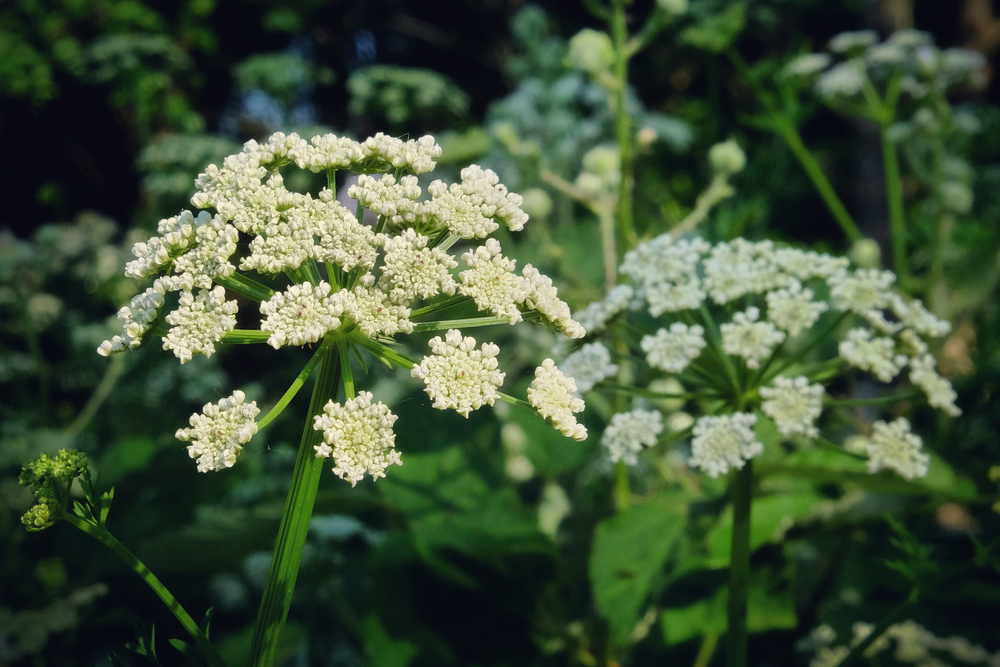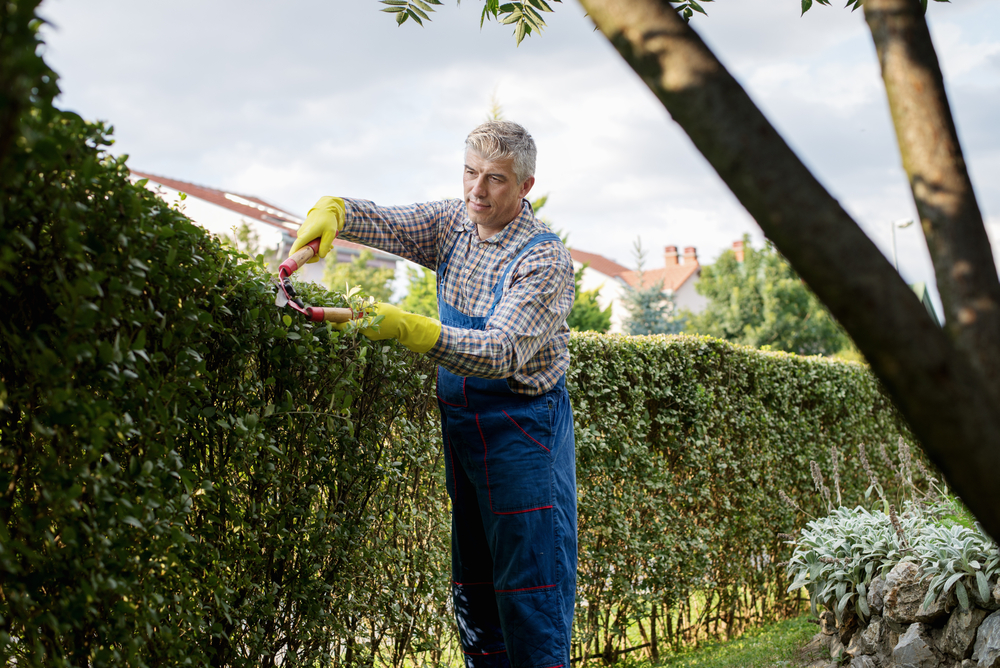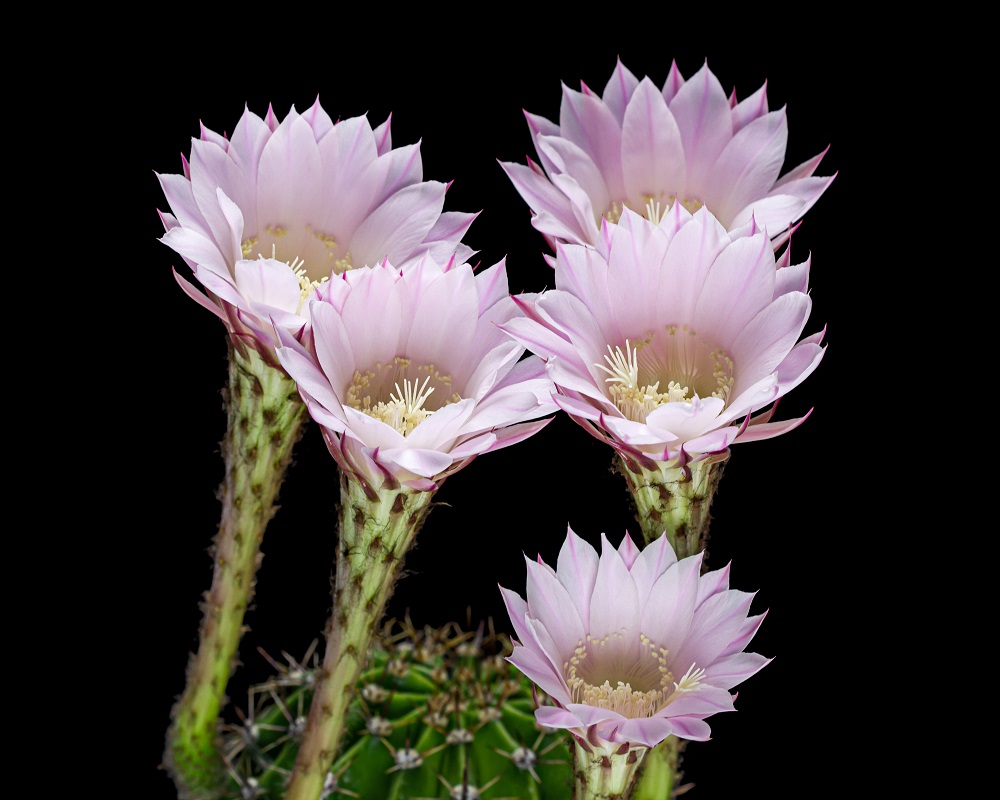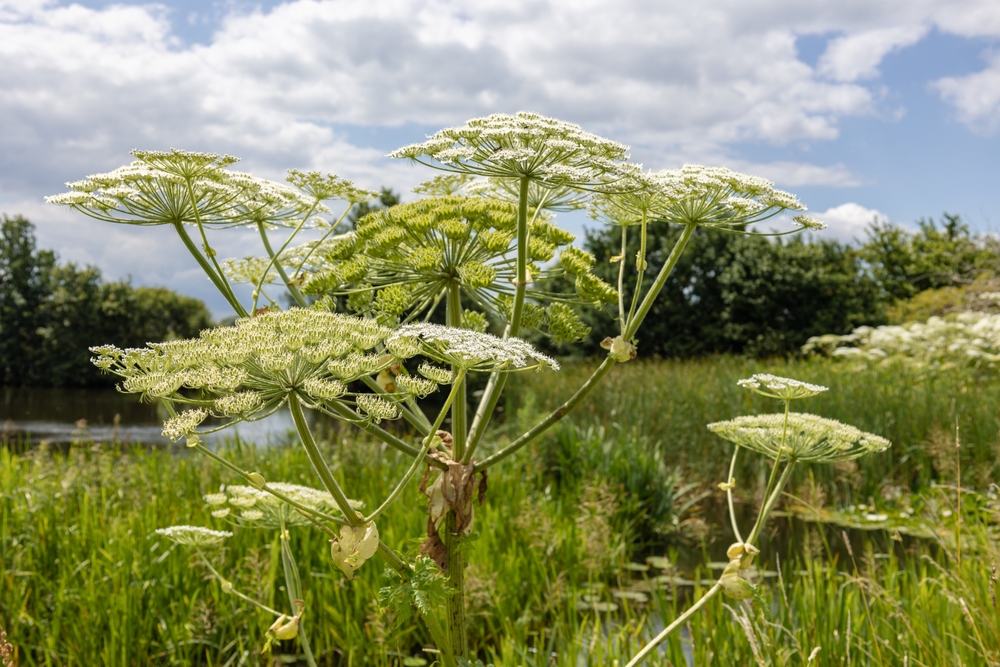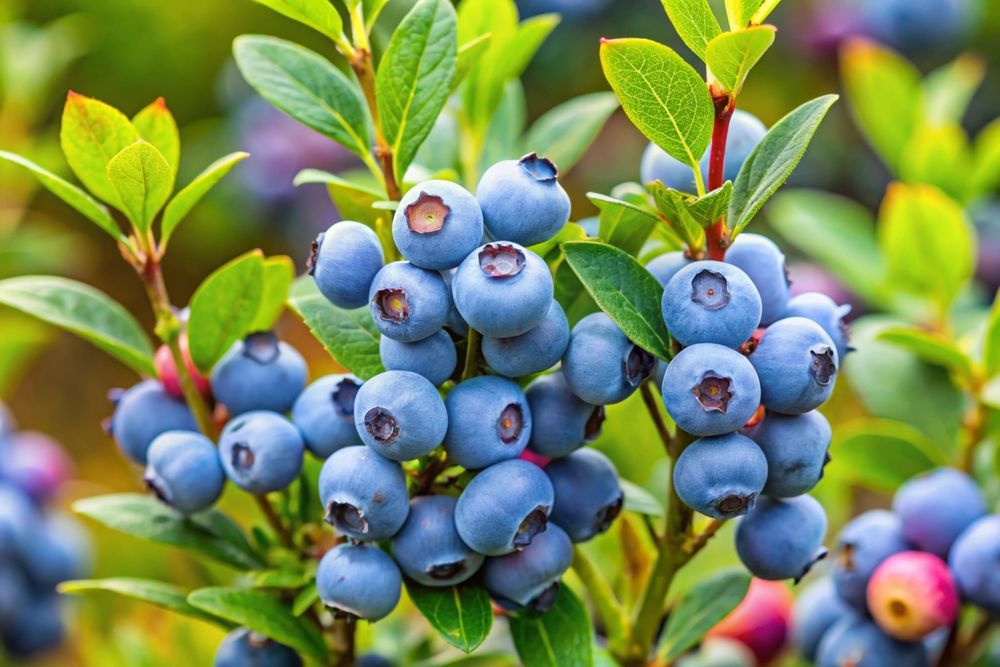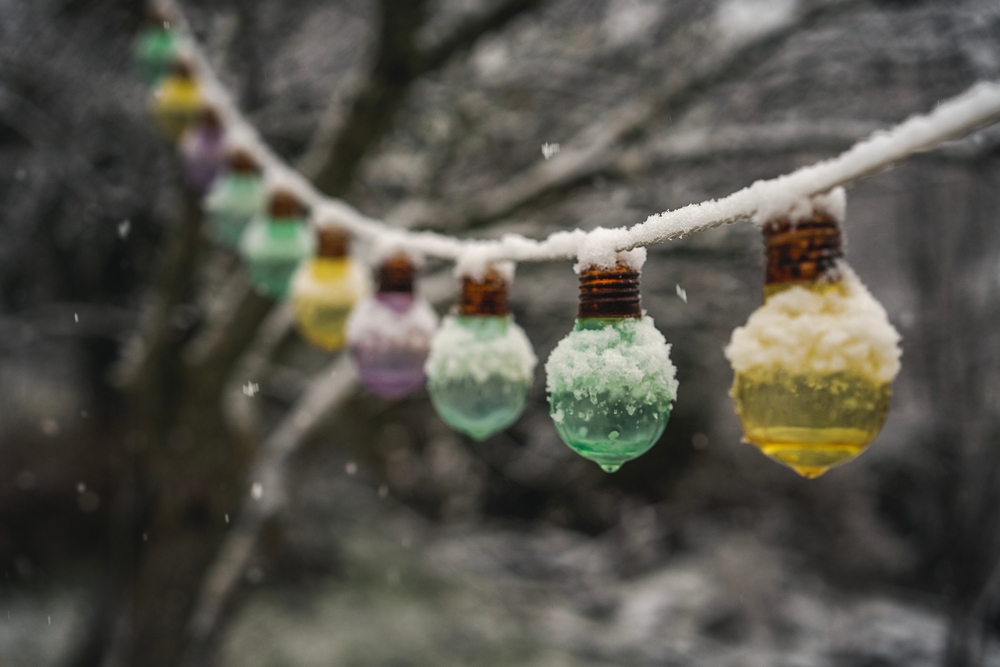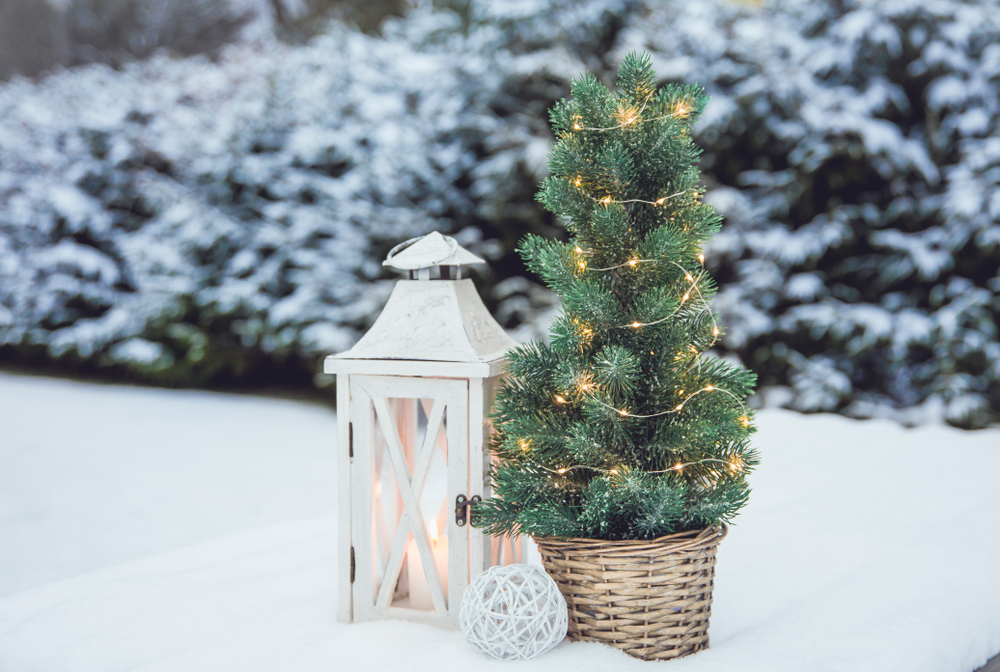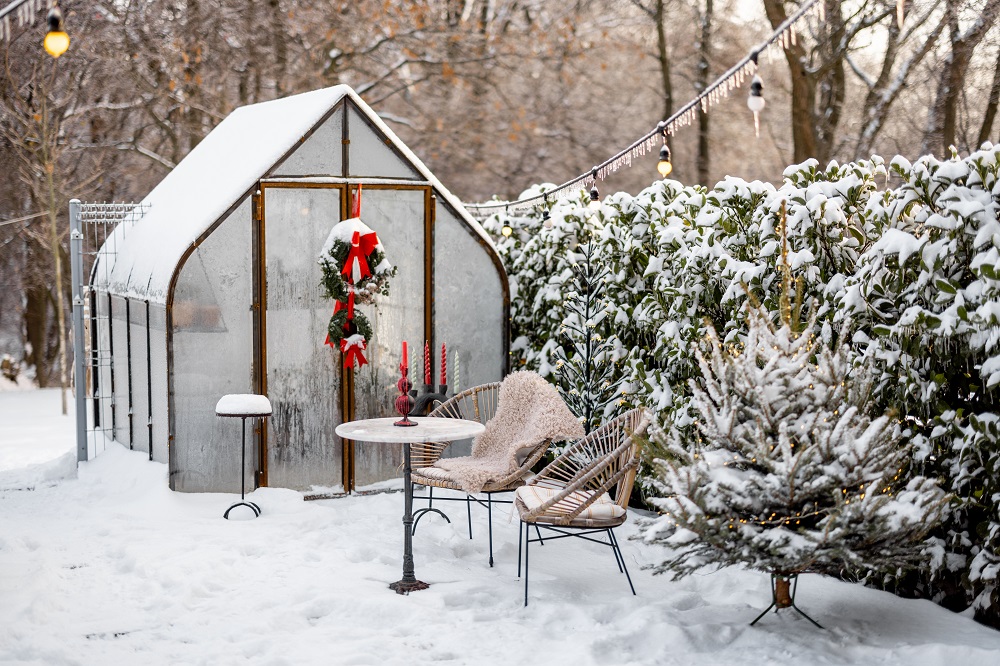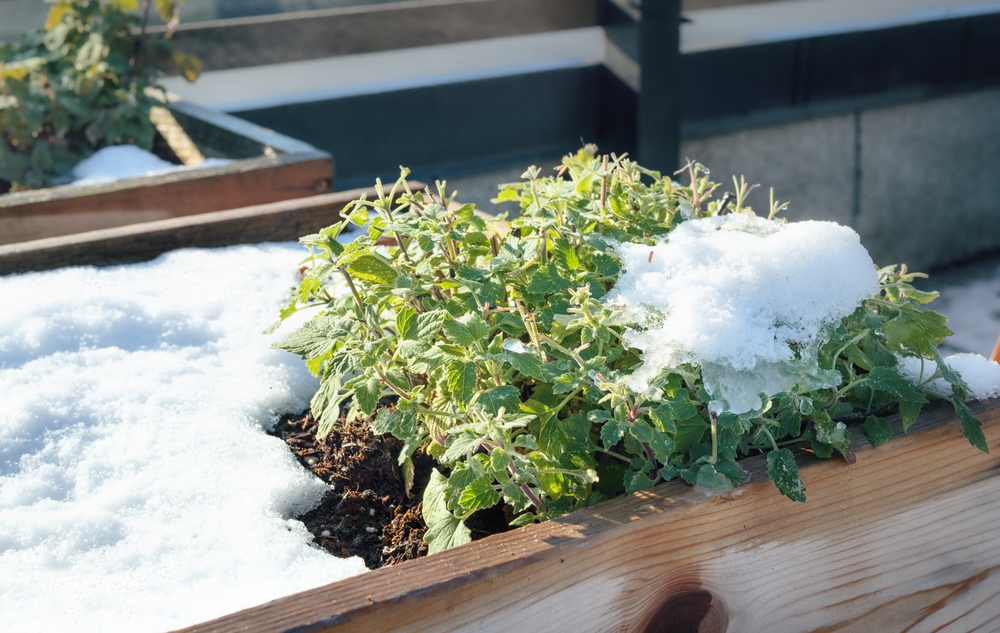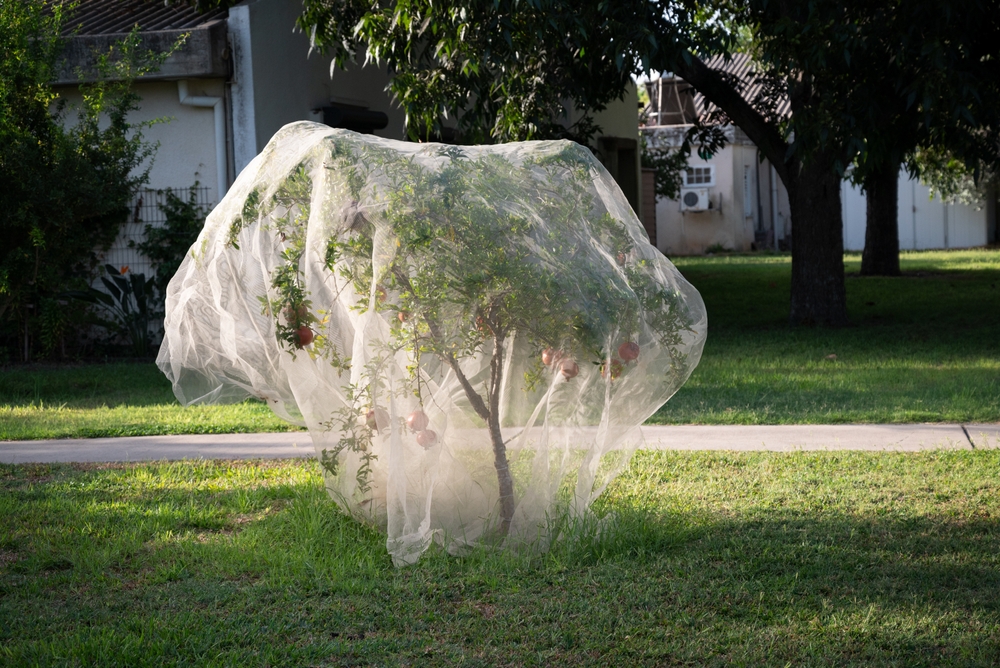Invasive plants will no longer be a problem!
We all know very well how annoying these invaders are. We don’t want them in our gardens, but many times we don’t really know how to get rid of them for good. Considering that invasive plants are also pretty stubborn, this only adds more difficulty layers. So, what is the best approach?
Well, there’s not really a “right method” to destroy invasive plants, but there’s a collection of actions you can take to make them disappear from your beloved garden. This is the subject we want to discuss here. We have prepared a list of some things you can do to destroy the invasive plants.
But why do we want that? Things are simple; these plants grow in our gardens and push out other beneficial plants. They occupy space and consume the resources our plants need in order to grow strong and healthy.
Let’s see what you can do to make them go away. Here are some of the best tips you can find!
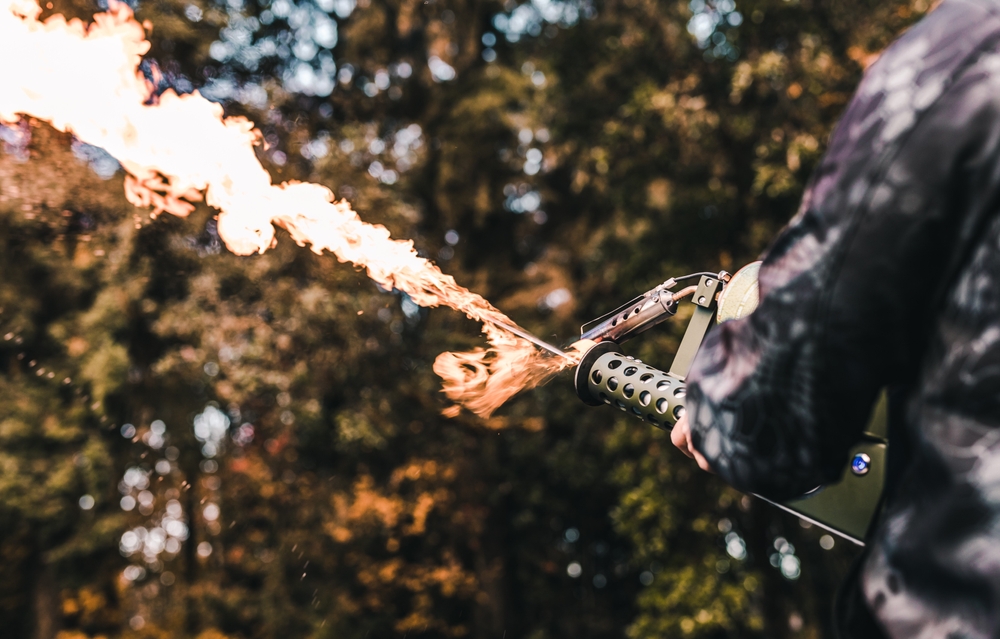
Burn them!
This might sound like too much, but this is a good way to kill invasive plants without putting too much effort in. After all, you don’t want your back to hurt, right? You don’t need much for this, just a propane torch, and chances are that you already own one since they are kind of popular in the houses of Americans because they have many other uses.
The only downside of this “brutal” approach is that it won’t work anywhere in your garden. It does a great job on driveways, hardscape areas, or gravel beds, but you should avoid spraying fire on the foundation of your house or on dry grass!
The way it works is that the fire will destroy the top leaves, and this will make it harder for the invasive plants to keep growing. They will use all they have to repair themselves, and during this complicated process, they will simply die because they will not have enough energy.
WARNING: Never use the blowing torch on poisonous plants like poison oak or ivy! The heat might cause some toxic chemicals to evaporate, and this can harm you in case you inhale them. Also, always use gloves and glasses.
Eat them!
This might sound crazy, but some invasive plants are totally edible, and if you want to get rid of them, why not pick them up and use them? Why waste them?
Some of these plants were brought by the Europeans in America as food sources, and they used to grow them in the colonies. But since we are talking about the realm of plants, things are trickier than they look, and we want to warn you that these plants have some toxic lookalikes you should never eat.
If you are not 100% sure that the plant you are about to eat is the right one, you better leave it alone and use other methods to remove it. Some of the most common edible invasive plants are Common Dandelion, Mullein, Himalayan Blackberry, Sweet Violet, Purslane, and Queen Anne’s Lace.
Plant native plants
This is a highly effective method to eliminate invasive plants and is also one of our favorites. After you eliminate weeds, you should plant native plants in the now-free spot.
Why? Native species are well-adapted and can survive in tough conditions. They will produce pollen, nectar, and leaf food for the local animals and insects, and this is the ideal situation. You want the plants to feed the fauna, and this is one of the easiest ways to do it.
As we said, native species are pretty tough, and they will compete with the invasive plants. Once they occupy a spot, they will fight to keep it to themselves, not allowing unwelcome plants to steal resources.
This strategy works best with natural or wild plants, resulting in landscapes that resemble our ecosystems. Curious about what plants you can use? These are some amazing options: Lance Selfheal, Coral Bean, Redwood Sorrel, California Poppy, or Carolina Spring Beauty. It all depends on the area you live in and its climate.
Use plastic
Sometimes invasive plants simply refuse to go away even if you burn them, pull them out of the ground, or dig them out. So what are you doing when this happens?
A good solution would be to use UV-resistant plastic. However, this is a method that works only in a few scenarios with some specific conditions. The way it works is that the plastic will greatly heat the soil, and in the end, this will kill the roots of the invasive plants.
To use this strategy, take a UV-resistant piece of plastic foil, the black one, and pin it down across the area where the infestation is localized. Now you’ll have to wait because the whole process takes three months. This should be done in the summer during the hottest months.
The problem with this way of destroying invasive plants is that it is very brutal and also kills anything that is under that piece of plastic. microbes, worms, and soil life—they all will be gone. Hopefully, the soil will recover in a few months.
Keep the seedlings under control
Let’s say that you managed to get rid of all the invasive plants, put mulch down, and planted some natives. What now? Are you safe? Not really, and this is why you should be diligent!
The seeds of invasive plants can be very easily carried by wind, water, or even the fur of your pet. This is why you might see some seedlings making their way into your garden even after you’ve eliminated all mature plants.
If you notice any seedlings in your garden, you should take care of them as quickly as possible. This is the best way to avoid future weed infestations. Also, keep in mind that timing is important. For example, pulling Japanese knotweed at the wrong time can create a thicket of suckers, and is very hard to get rid of them.
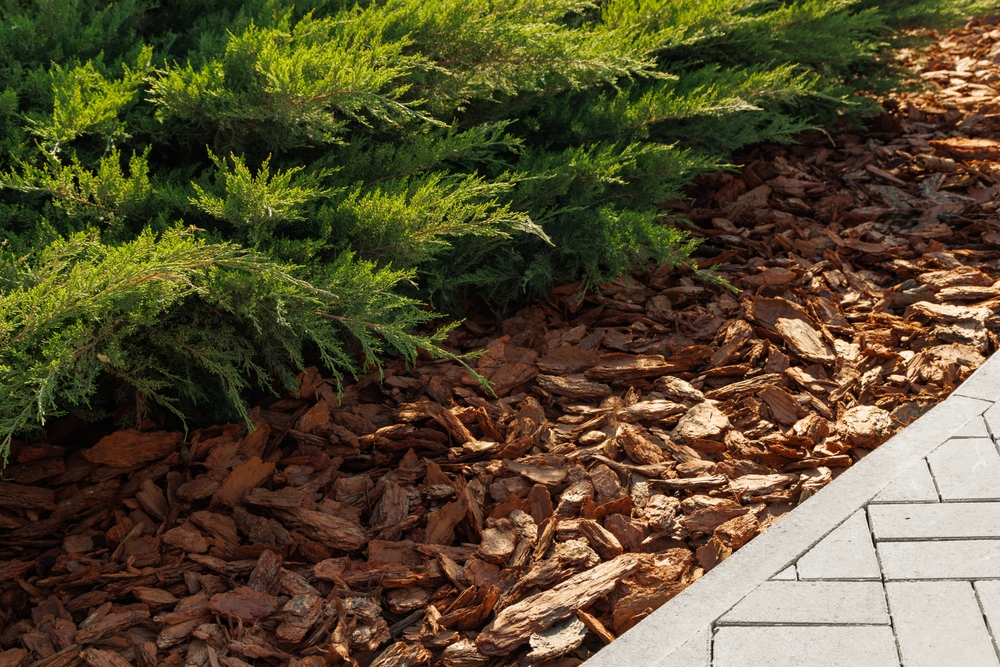
Use mulch
This is another easy approach that is also pretty cheap. You don’t need a lot of money to buy some mulch, and it does its job to keep invasive plants under control.
For this, you’ll need thick layers of mulch. Try organic materials such as compost, leaf mold, or bark chips. They are all good because, over time, they will decompose and leave behind numerous nutrients that will enter the soli.
The thick layer of mulch will make it harder for anything below to poke out and grow. To do so, any plants and weed seedlings would need a lot of energy, and most of the time they don’t have it.
Also, if you see any seedling popping out of the ground, you can simply pick it. Make a routine out of this, and you will have a garden with zero invasive plants. Don’t have mulch? Don’t worry, because any organic material can do it. Leaves, bush cuttings, or plant debris all work amazingly.
If you need a UV-resistant plastic sheeting cover, this one is a good choice: Plastic Greenhouse Film Sheeting Cover Hoop House Cover 6 mil
You should also read: 6 Types of Mulch PERFECT for Lazy Gardeners

